Dill Weed Demystified: From Ancient Roots to Modern Kitchens – A Spicy Journey!
Have you ever wondered where that feathery green herb in your spice rack actually comes from? Say hello to dill weed, the aromatic herb that's been spicing up kitchens for centuries. But its journey doesn't start in your pantry — it starts in the sun-drenched fields of ancient lands. Whether you're a culinary enthusiast or just curious about global spices, this deep dive into the origins and uses of dill weed will leave you craving more flavor (and maybe a pickling project).
Table of Contents
- What Exactly Is Dill Weed?
- From Where Does Dill Weed Come From?
- How to Grow Your Own Dill at Home
- Dill Weed Around the World: Global Spice Traditions
- Top 5 Uses of Dill Weed in Everyday Cooking
- Fresh vs. Dried Dill: What’s the Difference?
- Health Benefits of Dill Weed
- How to Store Dill Weed Like a Pro
- Fun Facts About Dill You Probably Didn’t Know
- Conclusion
What Exactly Is Dill Weed?
Let’s clear up a common confusion: dill weed is not the same as dill seed. While both come from the same plant (Anethum graveolens), they have distinct flavors and uses.
- Dill weed refers to the fresh or dried leaves of the dill plant.
- Dill seeds are the oval-shaped fruits of the mature plant, often used in pickling and baking.
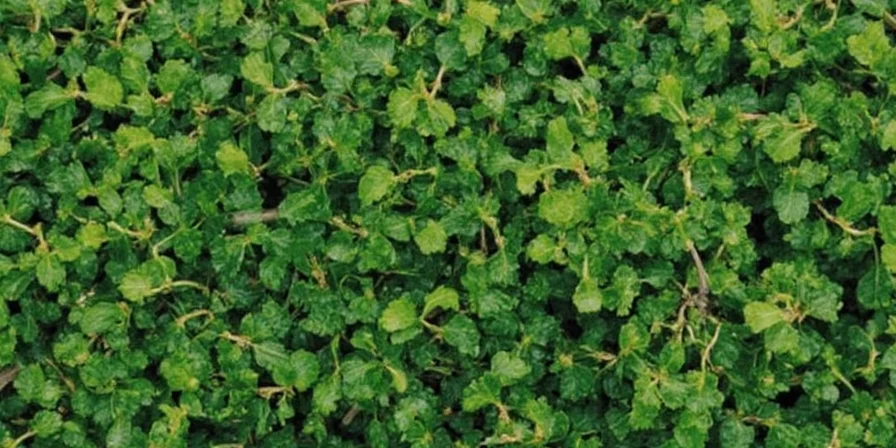
From Where Does Dill Weed Come From?
The story of dill weed begins thousands of years ago in the warm climates of the Mediterranean and Southern Russia. Ancient Egyptians were among the first to use dill, both as medicine and a symbol of prosperity. The Greeks and Romans later adopted it for everything from soothing stomachs to warding off evil spirits.
Fast forward to today, dill remains a staple in many cultures:
| Region | Historical Use | Modern Use |
|---|---|---|
| Mediterranean | Medicinal purposes, embalming | Cooking, herbal teas |
| Russia / Eastern Europe | Folk remedies, preservation | Pickling, soups, stews |
| India | Ayurvedic treatments | Curries, chutneys |
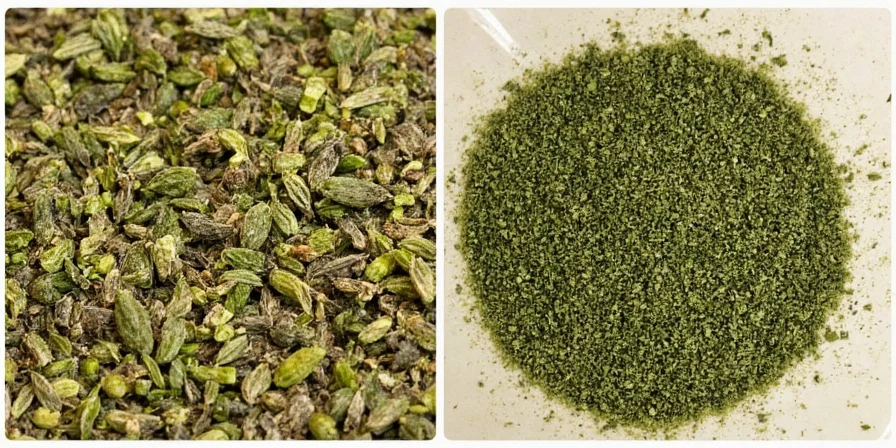
How to Grow Your Own Dill at Home
You don’t need a farm to enjoy fresh dill! Here’s how to grow your own:
- Sunlight: Dill loves sunlight — aim for at least 6 hours a day.
- Soil: Well-draining soil with a neutral pH works best.
- Spacing: Don’t overcrowd the plants; give them room to breathe.
- Watering: Keep soil moist but not soggy — think “drink, not drown.”
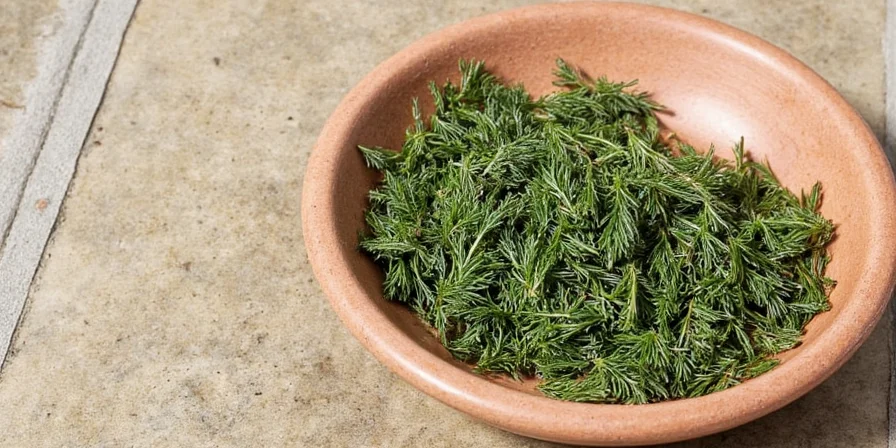
Dill Weed Around the World: Global Spice Traditions
Dill isn’t just a one-culture wonder — it’s traveled far and wide, adapting beautifully along the way:
- Scandinavia: A star in gravlax and cucumber salads.
- Russia: Pickled vegetables wouldn’t be the same without dill.
- Greece: Adds freshness to tzatziki and lemony fish dishes.
- India: Blends into chutneys and lentil soups with flair.
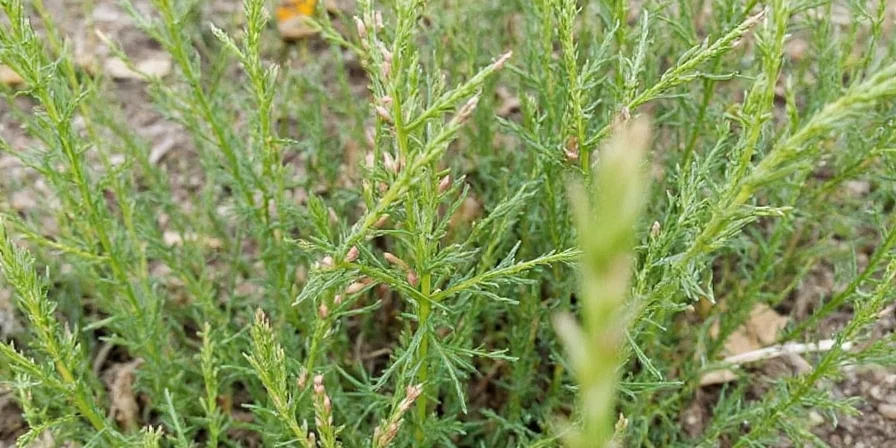
Top 5 Uses of Dill Weed in Everyday Cooking
- 1. In Pickles: Dill is practically synonymous with pickling. Add fresh sprigs to jars for that classic briny kick.
- 2. With Fish: Pair it with salmon, trout, or white fish for a light, herby finish.
- 3. In Salads: Toss chopped dill into potato salad or Greek-style tomato and feta salads.
- 4. With Yogurt: Mix into sour cream or yogurt-based dips for burgers, falafel, or veggies.
- 5. In Baking: Believe it or not, some breads and pastries use dill for a savory twist.
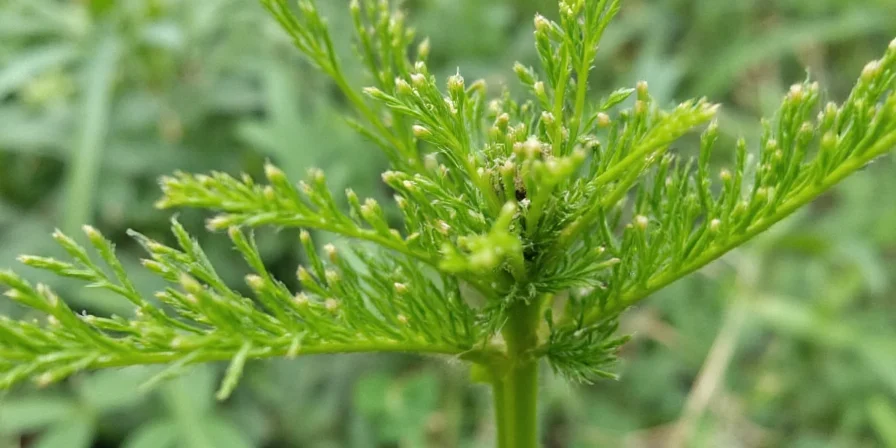
Fresh vs. Dried Dill: What’s the Difference?
While fresh dill has a brighter, grassier flavor, dried dill is more concentrated and earthy. Here's how to choose:
| Type | Flavor Profile | Best Used In |
|---|---|---|
| Fresh Dill | Light, bright, citrusy | Sauces, dressings, garnishes |
| Dried Dill | Earthy, slightly bitter | Stews, pickles, rubs |
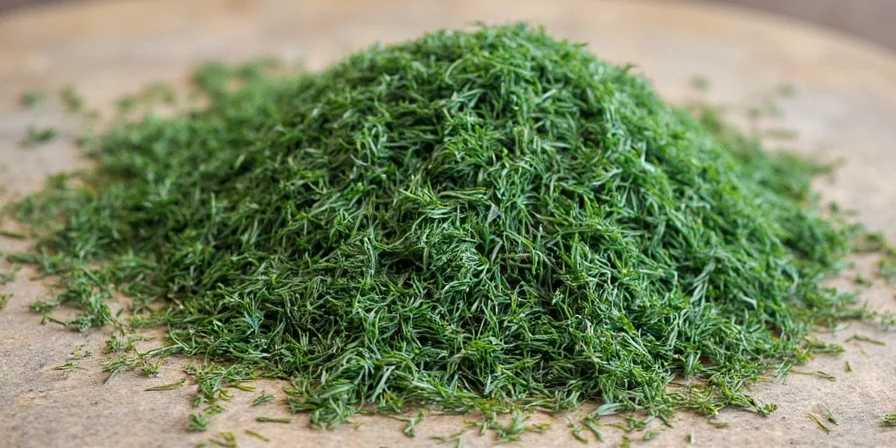
Health Benefits of Dill Weed
Beyond taste, dill offers some serious health perks:
- Antioxidants: Fights free radicals and supports cellular health.
- Anti-inflammatory: May help reduce inflammation in the body.
- Antimicrobial: Historically used to fight bacteria and infections.
- Digestive Aid: Known to soothe upset stomachs and aid digestion.
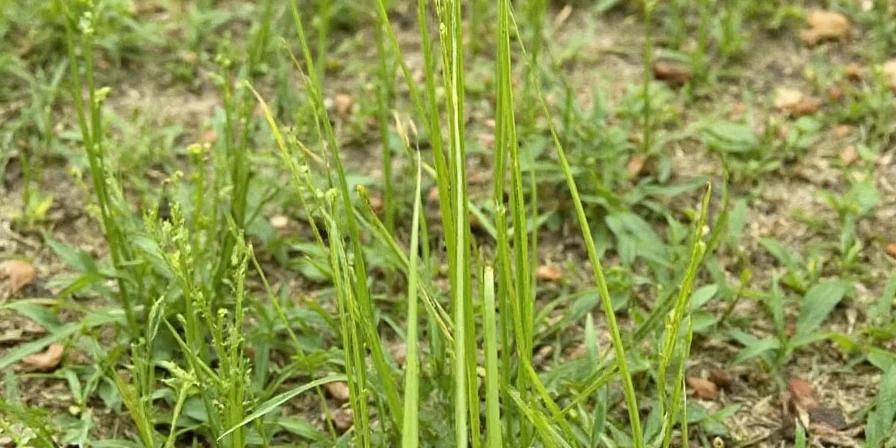
How to Store Dill Weed Like a Pro
Want to keep dill fresh longer? Try these storage hacks:
- Fridge Hack: Wrap fresh dill in a damp paper towel and store in a plastic bag.
- Freeze It: Chop and freeze in ice cube trays with water or olive oil for easy cooking.
- Drying: Hang bundles upside down in a dry, dark place until brittle. Store in airtight containers.
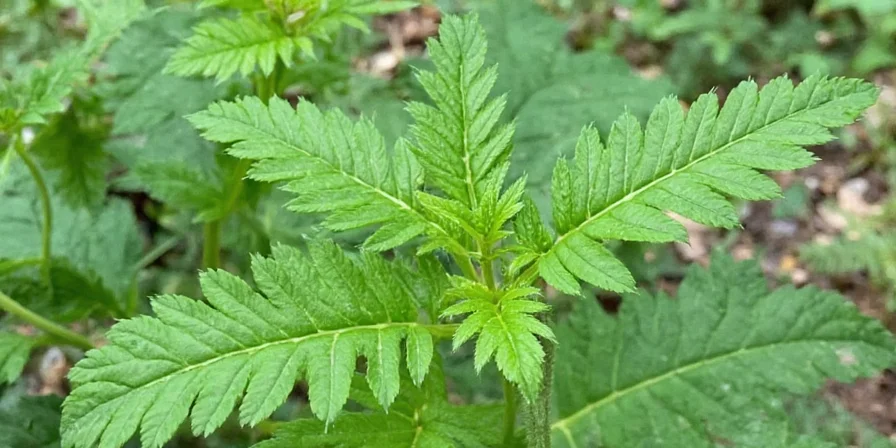
Fun Facts About Dill You Probably Didn’t Know
- In medieval times, dill was thought to protect against witchcraft.
- The name "dill" comes from the Old Norse word "dilla," meaning "to lull" — referencing its calming effects.
- Dill flowers attract beneficial insects like ladybugs and bees.
- It pairs surprisingly well with chocolate in some Scandinavian desserts!
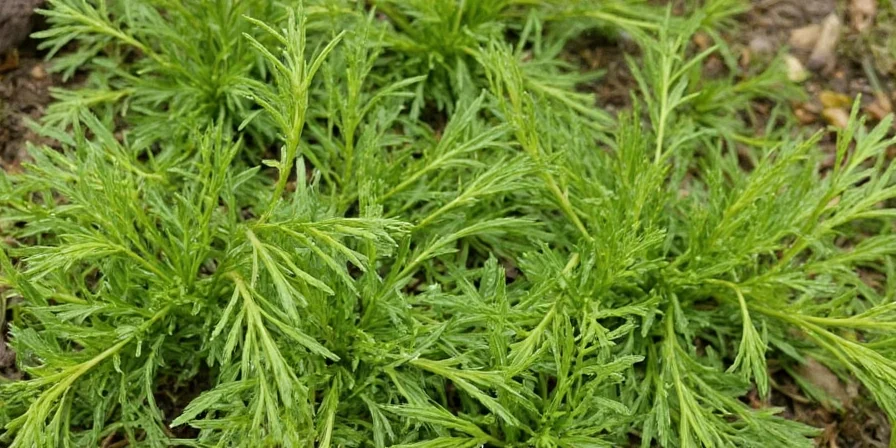
Conclusion
From ancient Egyptian rituals to modern-day pickling jars, dill weed has proven itself as a timeless spice with staying power. Whether you’re growing it yourself, seasoning your favorite fish dish, or exploring its global roots, dill adds more than just flavor — it brings history, culture, and a dash of fun to your kitchen. So next time you ask, "Where does dill weed come from?", remember — it’s got quite the backstory.
Got a favorite way to use dill? Share it in the comments or tag us in your dill-inspired creations!

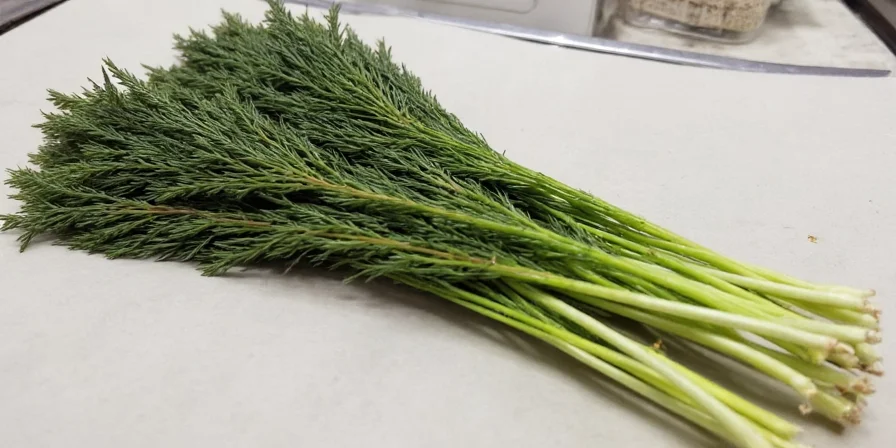









 浙公网安备
33010002000092号
浙公网安备
33010002000092号 浙B2-20120091-4
浙B2-20120091-4